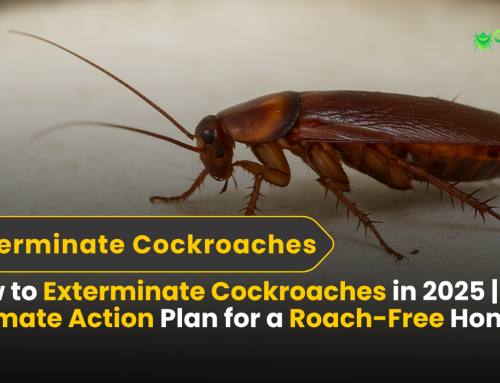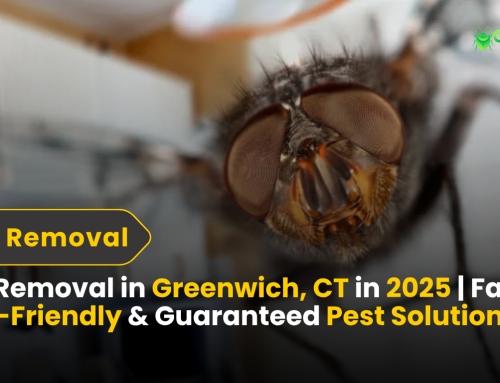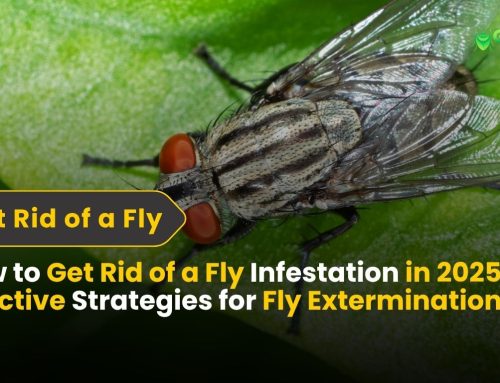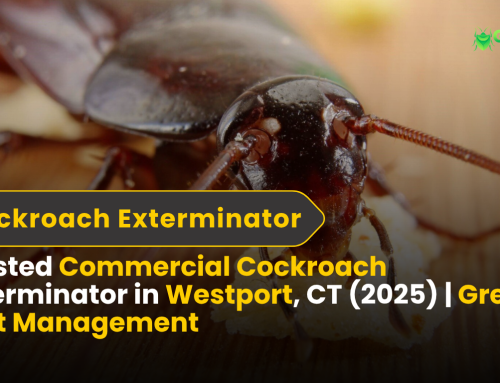Yellow Jacket Queens and Their Influence on Local Ecosystem Dynamics
The yellow jacket queen is one of the most popular and important insects in the world. As the main breeders in their territories, these queens play an important role in the survival and development of their animals. Despite their importance, yellow dressed queens are still often misunderstood and overlooked. In this blog we explore the fascinating world of the wasp queen, exploring their life cycle, behaviour, social involvement and the challenges they face. From their mysterious origins to their wild matriarchal role, we aim to showcase these magnificent insects and the important role they play in our ecosystems.
Yellow Jacket Queen’s Role and Life Cycle
The queen’s fur is important in the colony and is responsible for reproduction and the overall health of the hive. Starting from early spring, the fertilized queen bee wakes up from hibernation and forms a new colony. She lays the foundation by building a small nest and laying the first eggs that will grow into workers. Worker bees then take over the details of the nest and take care of the future nest, allowing the queen to focus on laying eggs. Understanding the life cycle of wasp queen helps us understand their important role in maintaining ecosystem balance.
The Secret Life of Yellow Jacket Queens
Yellowjacket queens spend most of their time out of sight, living a magical life that is essential to the survival of their species. After mating in late summer or early autumn, queens seek shelter to hibernate. They wake up with the arrival of spring and begin the difficult task of creating a new group from scratch. The secret time of their lives is important to ensure the survival of the Yellow Vest population.
Nature’s Fierce Matriarchs
Wasp Jacket queens are more than egg-laying machines; Their main mission is to create and protect the next generation of Yellow Vests. Because of their determination to reproduce,these queens can lay thousands of eggs in a season. Their ability to manage and control large groups shows that they are beneficial to the ecosystem.
The Rise and Fall
The life of the wasp queen is marked by many seasons. In the spring, she digs and establishes her colony, builds a small nest and lays her first eggs. When summer comes, its area grows rapidly and reaches its peak at the end of summer. During autumn, the queen’s role diminishes as the colony’s focus shifts to producing new kings and males for the next generation. Eventually the first queen’s reign came to an end, but her legacy lived on through the new queen, who would establish her own colony in the years to come.
The Development of Yellow Jacket Queens
The journey from egg to queen is a complex process that begins with the laying of a special egg that will become the queen. These eggs receive extra care and nutrition from yellow jacket workers, resulting in larger, stronger females. Once queens reach adulthood, they must make friends and find a suitable place to hibernate. Their development shows that complexity and cooperation work well in the life of yellow jackets.
Why Yellow Jacket Queens Matter
Yellow jacket queens play an important role in their ecosystems, influencing everything from pollination to pest control. As the first to lay eggs, they ensure the survival and growth of colonies and help maintain ecological balance. Yellow jackets are also important predators of other insects, making them very important in pest control. Knowing the importance of the wasp queen can lead to better outcomes and conservation of this often misunderstood insect.
Queens of the Hive
The queen’s leadership is important in the social structure of the Yellowjacket colony. It directs the activities of worker ants through chemical markers to ensure the proper functioning of the area. The ability to lay eggs and maintain harmony in the hive is a testament to leadership ability. Research into the workings of this culture could provide deeper insight into the culture of yellow jackets and other insects.
Survival Strategies
Surviving the harsh conditions of the wilderness requires the extraordinary wits of the queen’s yellowcoat. These queens show many survival skills by finding the best place to hibernate to avoid predators. Their ability to adapt and thrive in various environments indicates that they have great potential and evolutionary success. Understanding these survival strategies can help us build better relationships with the Yellow Vests.
How to Identify Yellow Jacket Queens in Your Garden
Spotting wasps in your garden can be a great experience that will help you learn about local wildlife. These queens are generally larger than the yellow jacket workers and can be found singly in early spring while searching for nesting sites. Respecting their place and avoiding disturbance is important to their survival and the health of the tribe. We can contribute to the balance of our garden by developing a relationship with these insects.
The Role of Workers in Supporting Yellow Jacket Queens
The success of the Yellow Vest Queen depends on the support of its employees. These hardy insects do many things, from eating to expanding their nests to caring for their young. Their dedication allows the queen to focus on the important role of raising children. Understanding the relationship between the queen and worker bees demonstrates the complexity and work of yellow jackets.
Conclusion
Wasp Jacket queens are vital to the health and stability of their colonies and the wider ecosystem. Their fragile lifestyle, culture, and ecological support reflect their importance beyond their reputation. By understanding and respecting these queens, we can better understand the balance of nature and the importance of each species within it. As we continue to learn more about yellow jacket queens and their habitats, we can better adapt and contribute to the conservation of this important species. Whether you’re a lover, a conservationist, or simply curious about the natural world, appreciating the queen’s yellow fur can enrich our understanding of biodiversity and the tiny interactions that support life on Earth.










